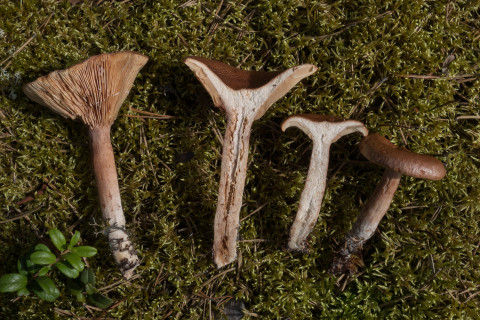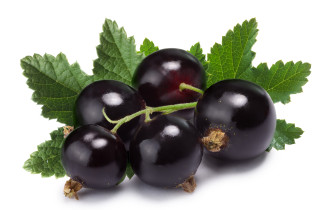Every autumn, hundreds of thousands of Finns roam the country’s vast forests in search of mushrooms to pick, while also getting plenty of fresh air and some good exercise. Indeed, mushroom picking is one the favourite pastimes among Finns – just look at all the mushroom-related stories magazines publish every autumn and at the abundance of mushroom photos on social media. However, humans aren’t the only ones interested in eating mushrooms.
It is, of course, unfortunate for us humans that other animals, too, are keen to eat mushrooms. Other mammals, birds and snails are frequent visitors to the mushroom buffet. By far, insects are the largest group of fungus-eating species. Anyone who has ever gone mushroom hunting knows the disappointment that comes from picking up a delicious mushroom just to find out that it’s crawling with insects. Some fungus species are so popular among insects that this is even mentioned in mushroom guides, cautioning the reader that a particular species is “unfortunately often riddled with insects”.
The life and activities of fungus-associated insects indirectly affect the mushroom experience of everyone involved, including Finnish mushroom-pickers and Italian porcini buyers. Yet, our understanding of fungus-associated insect species remains poor despite their large number.
Researchers at the University of Eastern Finland, the University of Helsinki and the University of Turku have joined forces in a joint project exploring the distribution of species in fungus-associated insect communities. The study explored how different fungus-associated insect communities have formed, and which insects inhabit which fungi.
“There is a great number of fungus-eating insect species, and many of them eat several different species of fungi,” says Early Stage Researcher Janne Koskinen from the University of Eastern Finland Department of Environmental and Biological Sciences.
Novel methods that are based on latest developments in genetics are opening up new avenues for research into fungus-associated insects as well. Modern sequencing techniques make it possible to isolate all genetic material from the entire sporocarp. This genetic material can then be sequenced, allowing researchers to identify all insect species that inhabited the fungus at the time it was collected. The size of the insect doesn’t matter: it can a grown-up, a medium-sized larvae or just a tiny egg.
“The mushroom season is short also for insects. From an evolutionary viewpoint, it makes sense for them to use many different species of fungi as food. We have developed a method that makes it possible to sequence and identify even the less well-known species of insects relatively easily, providing new insight into which species are eating which fungi and who dwells where,” Koskinen explains.
“The work of our research group into insect communities continues. In the future, I hope that we could provide mushroom pickers with information about why a particular mushroom they have picked is infested with insects. Of course, insects have the right to eat, too,” Koskinen says.
The findings were reported in a special issue of Molecular Ecology.
Research article:
Koskinen, J., Roslin, T., Nyman, T., Abrego, N., Michell, C., Vesterinen, E: Finding flies in the mushroom soup: host specificity of fungus-associated insects revisited with a novel molecular method.
https://doi.org/10.1111/mec.14810
For further information, please contact: Early Stage Researcher Janne Koskinen, tel. +358 40 704 1792, janne.koskinen (a) uef.fi



